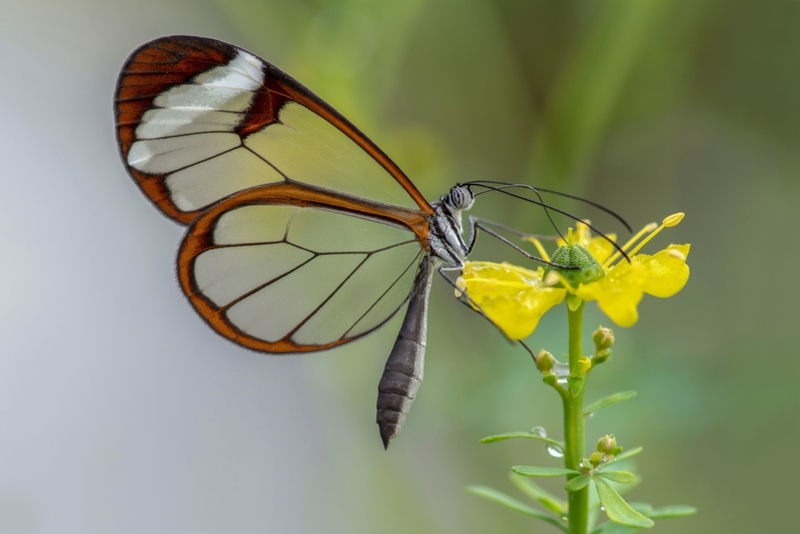
Published in “Current Biology,” scientists also found that Heliconius butterflies (and moths) can locate objects within a few hundred square meters. This can prove to be useful for foraging in specific locations.
While the evidence of insects being good at spatial learning isn’t unprecedented, this has usually been attributed to bees and ants. Only now do scientists have the necessary information to draw conclusions that this also applies to our beautiful winged friends.
According to the University of Bristol’s School of Biological Sciences’ Dr. Stephen Montgomery, “Heliconius butterflies have evolved a novel foraging behavior amongst butterflies — feeding on pollen. Wild Heliconius appear to learn the location of reliable pollen sources and establish long-term ‘traplines.’”
Montgomery went on to explain that traplines are routes designed for foraging, in which butterflies will return to the same food source over a number of days.

How Did They Make This Discovery?
In short, the team conducted three experiments, each focusing on a specific size of space and relating to certain ecological behaviors.
1. Foraging in a single resource patch – Testing a butterfly’s ability to locate a food reward in a grid consisting of 16 artificial flowers, which span 1 square meter.
2. Foraging in a single location consisting of multiple plants – Increasing the size of space and seeing if butterflies can locate food on two sides of a 3-square-meter maze.
3. Foraging between multiple locations – Increasing distances between locations using large outdoor cages in the south of France’s Metatron.
What’s Next?
In the future, these scientists aim to learn more about how insects’ cognitive abilities have evolved over time and how they can be determined by their ecology. These findings have put this team on another major step toward these major breakthroughs.
“It’s fascinating to learn about the complex behaviors that even familiar animals like butterflies express as part of their natural ecologies,” Dr. Montgomery said.






